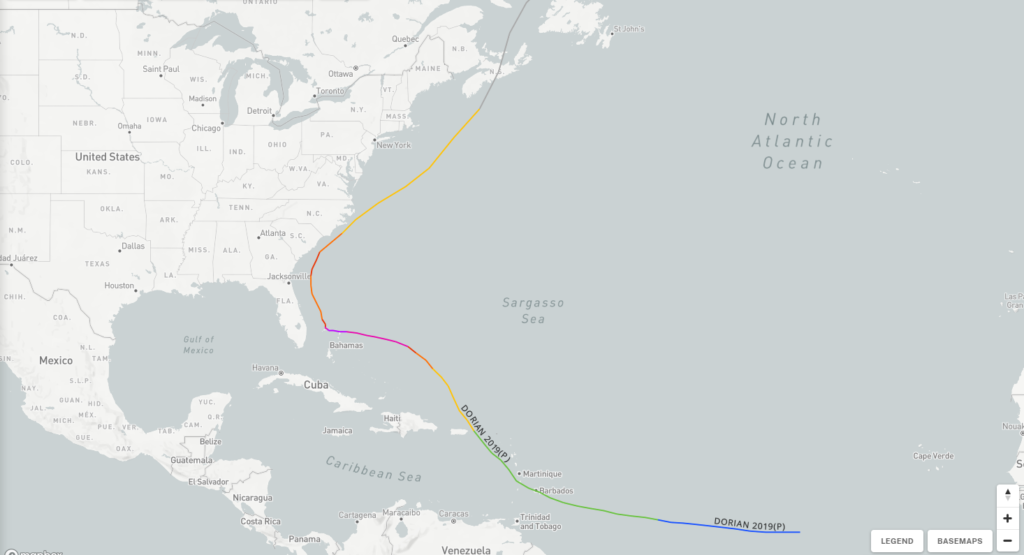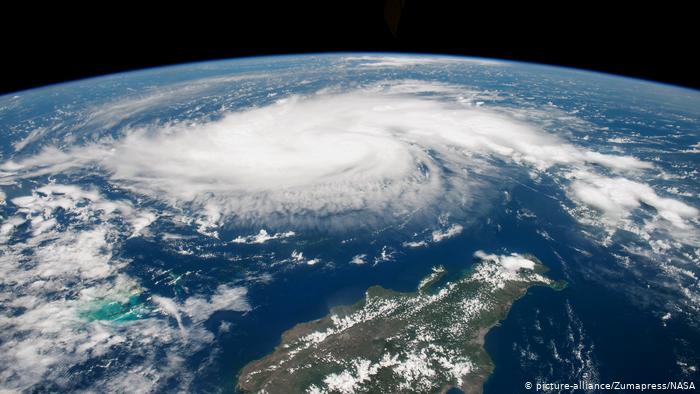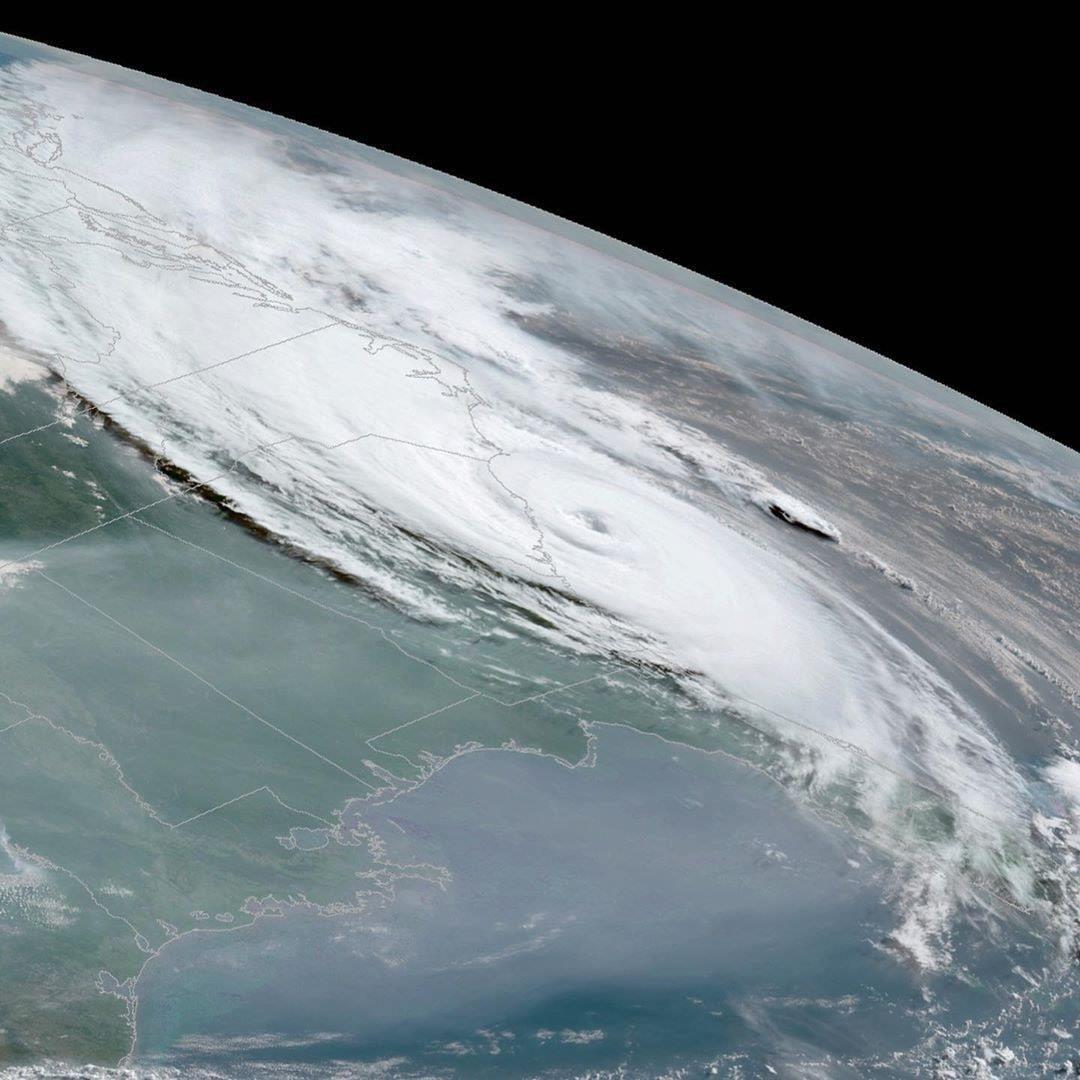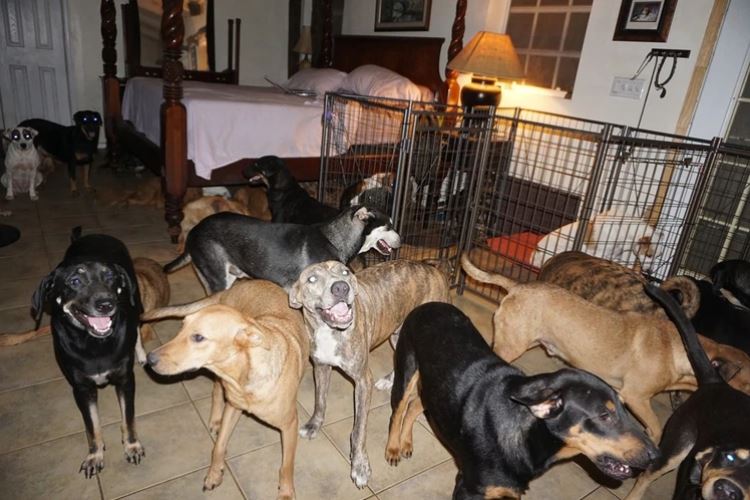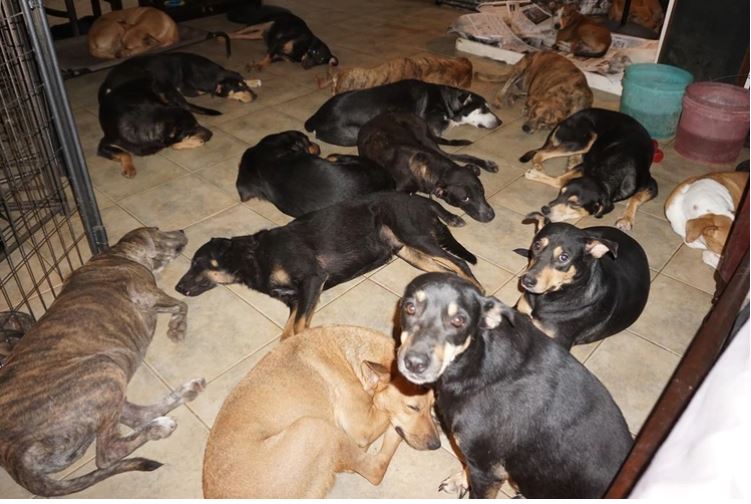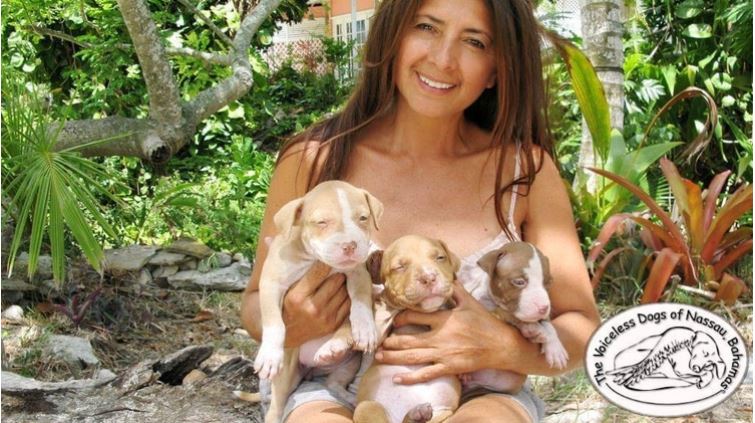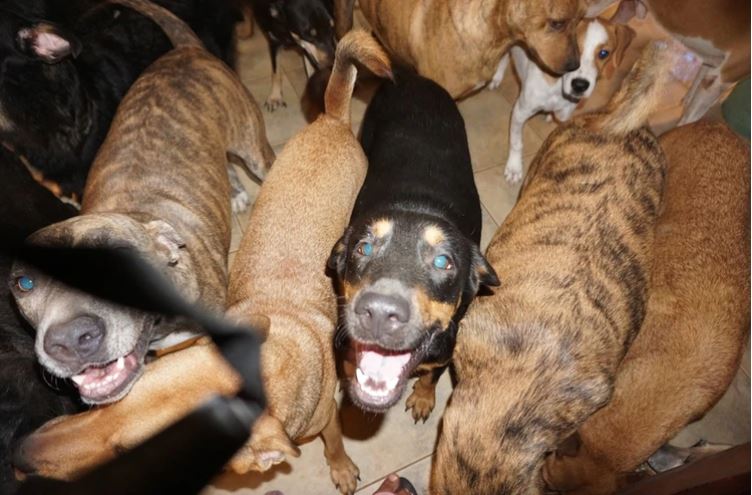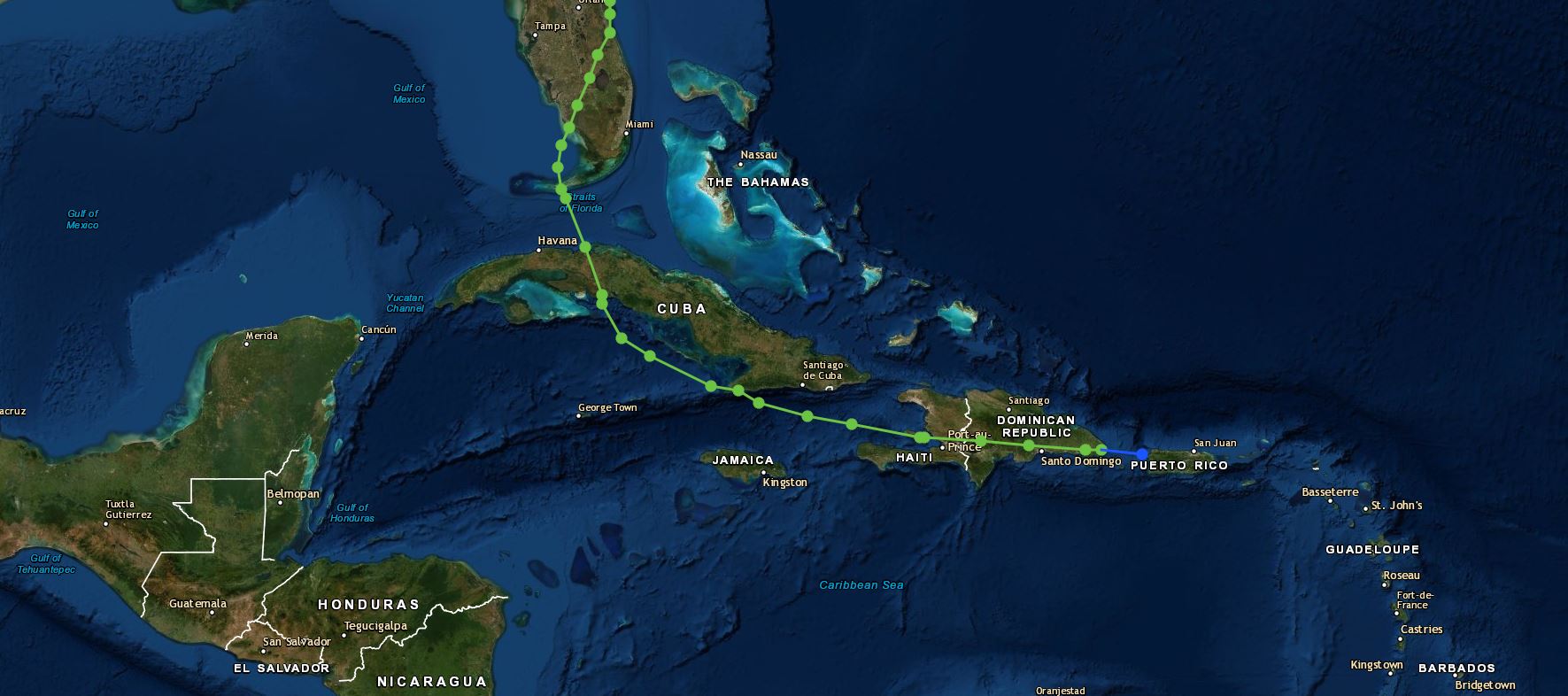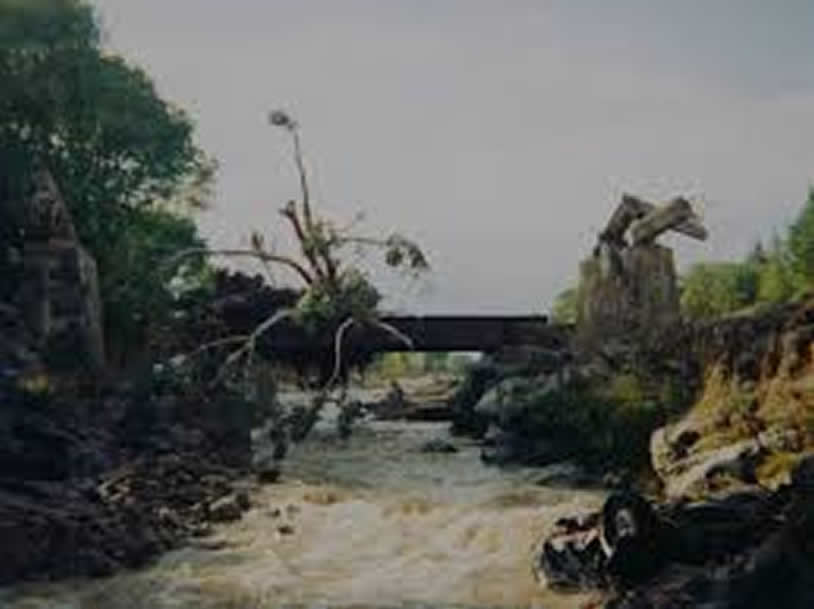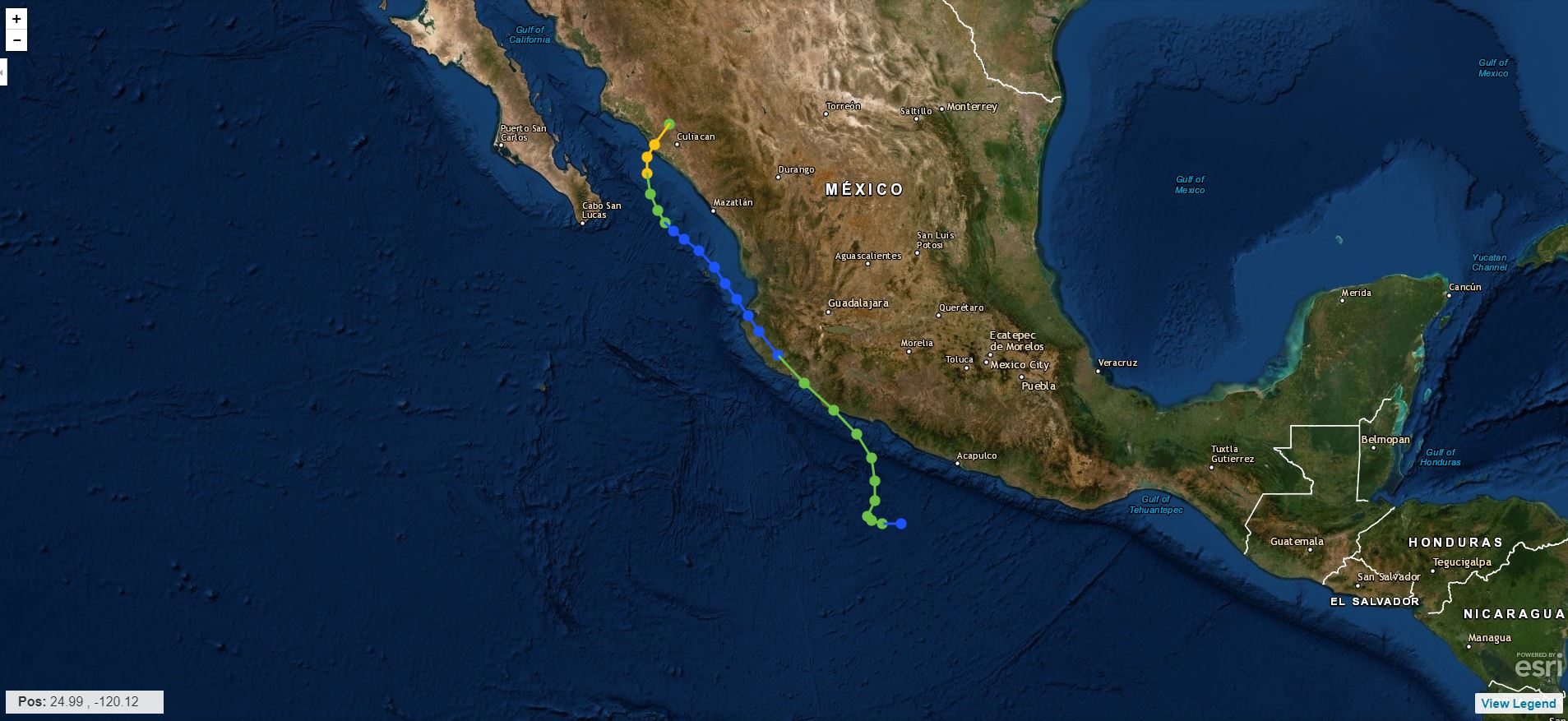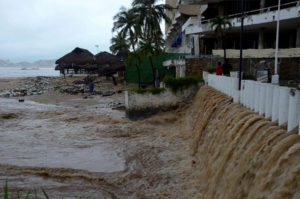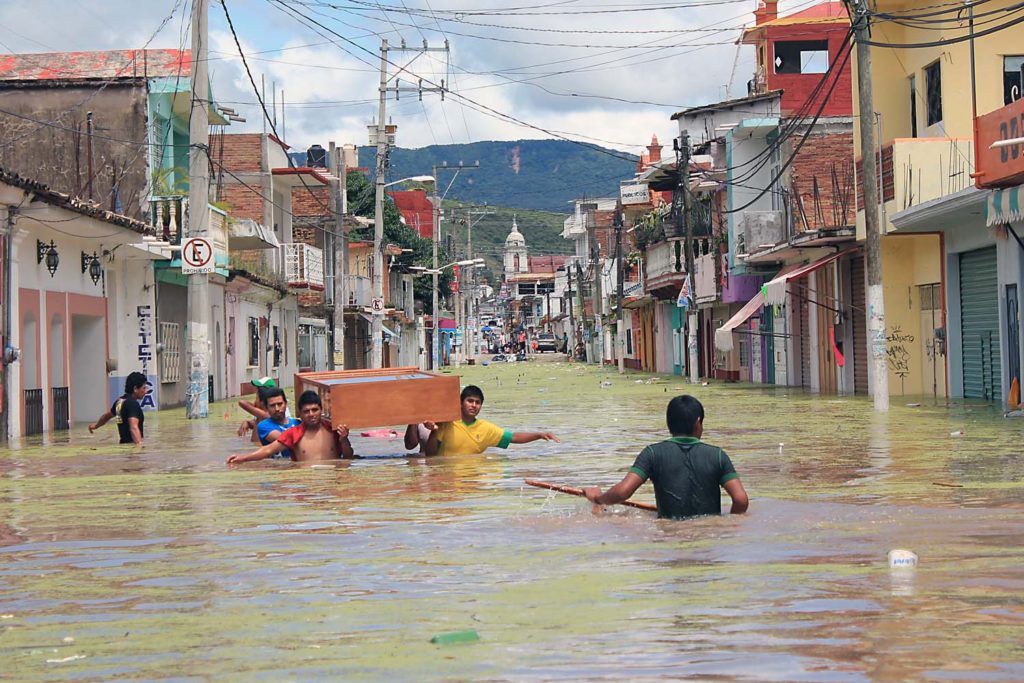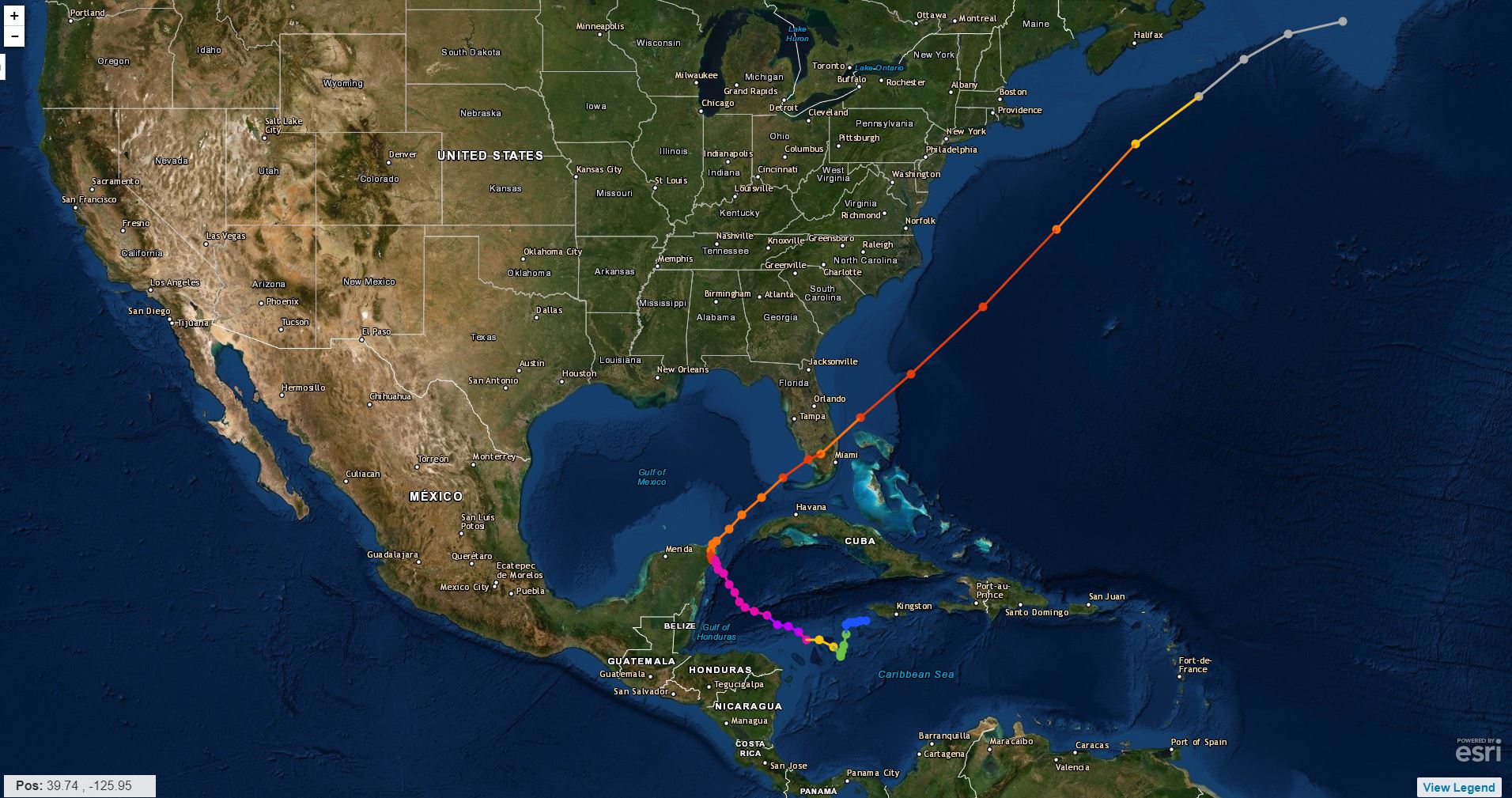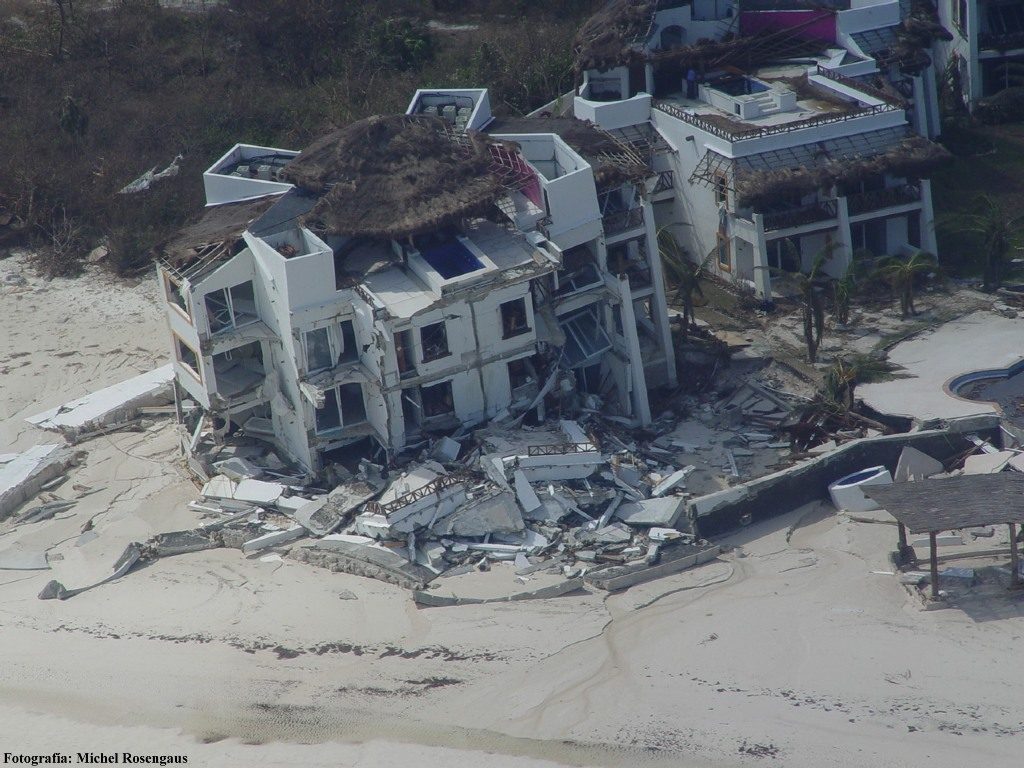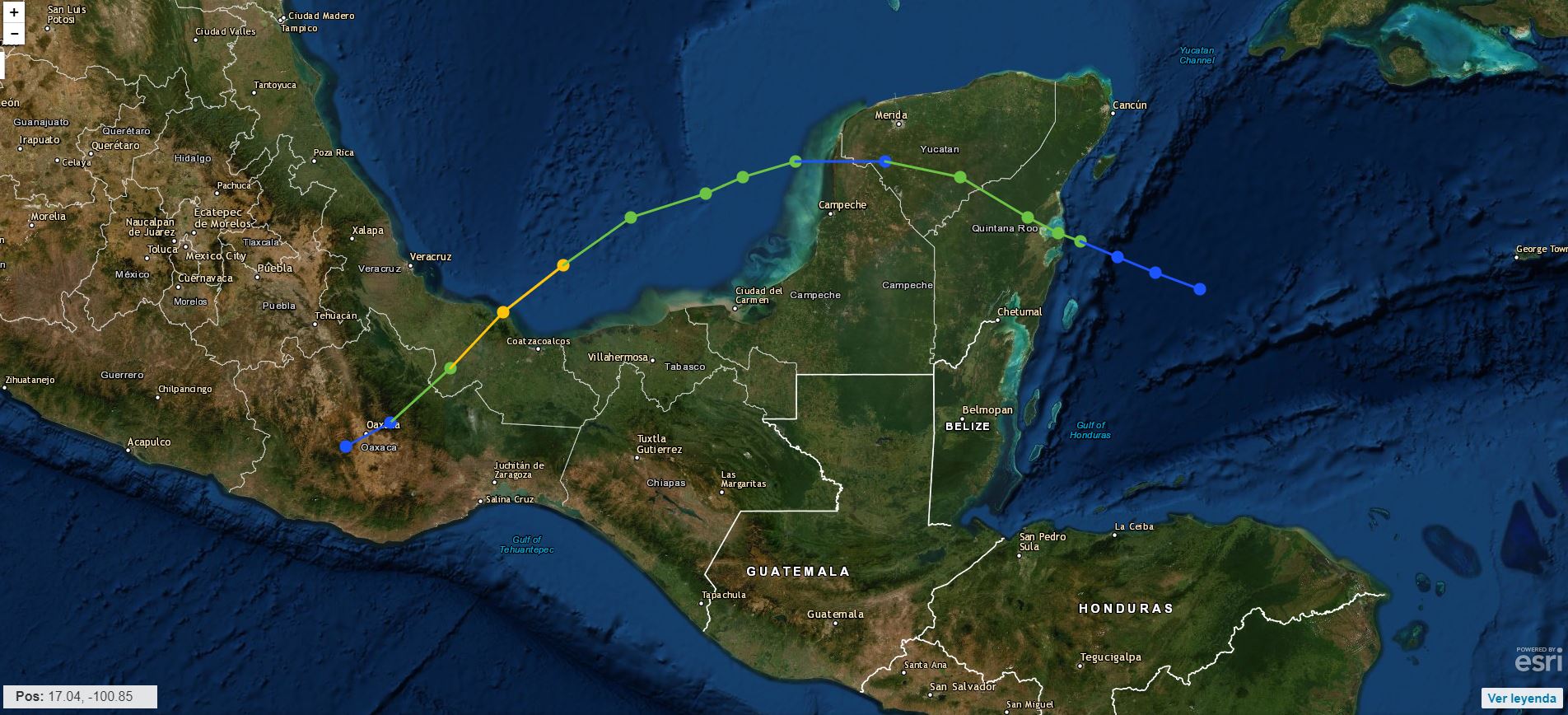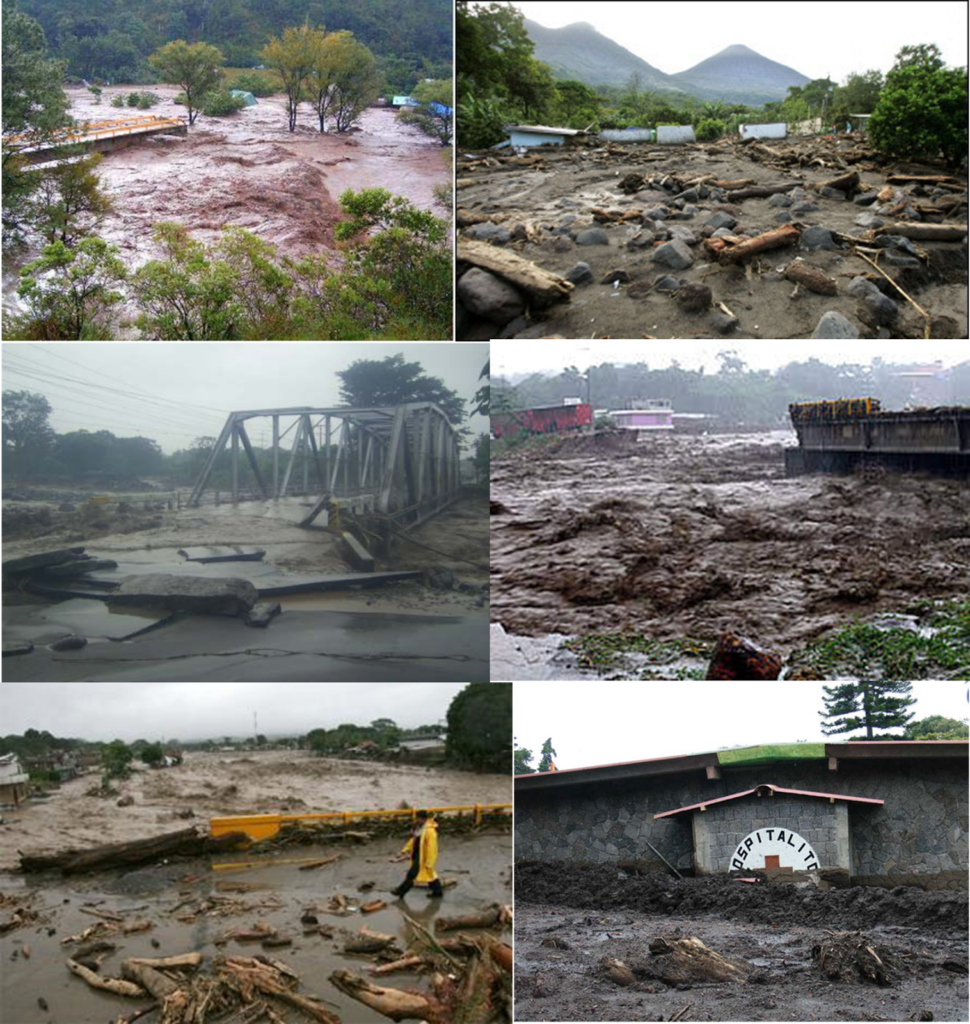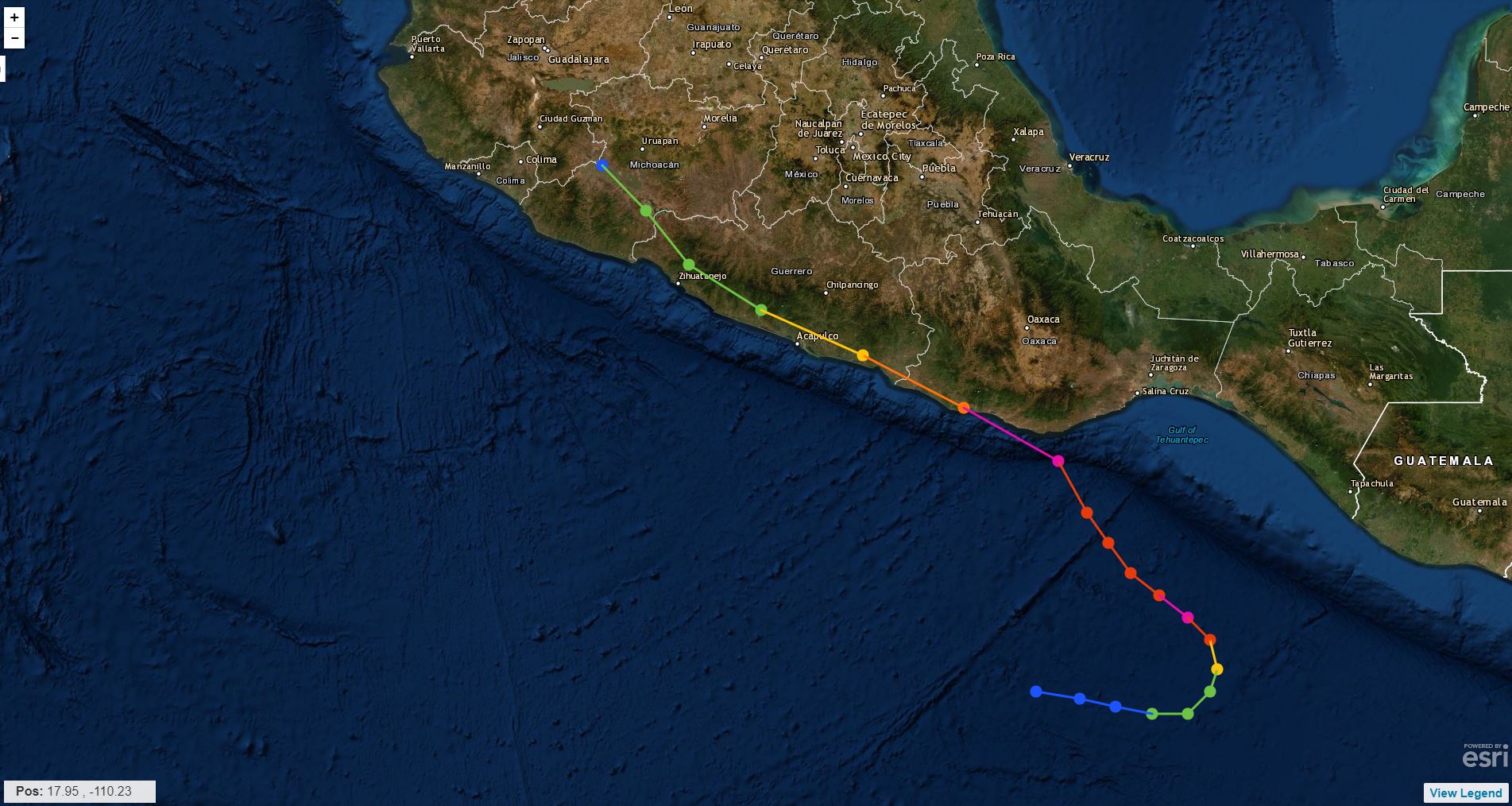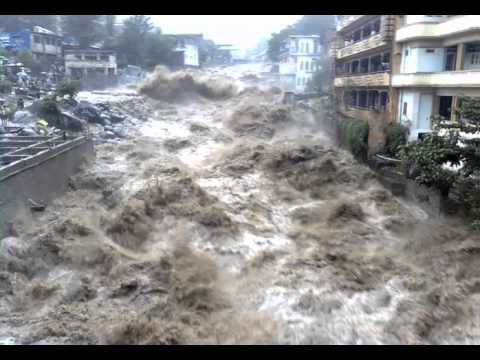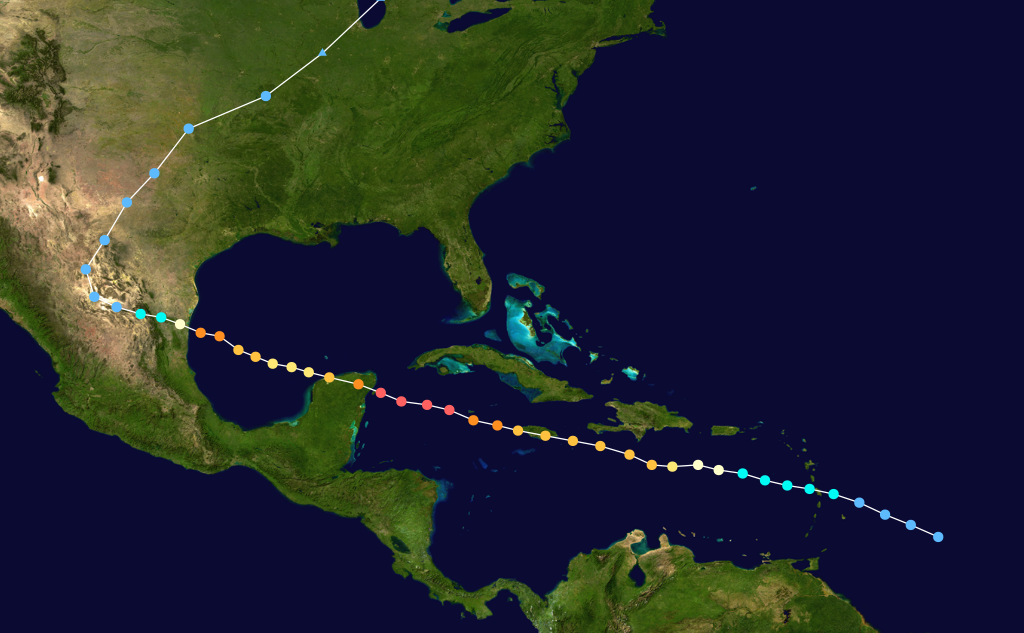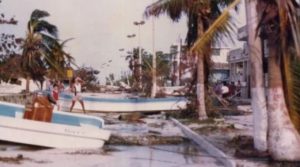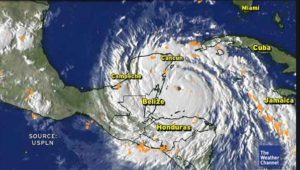
HOW CAN HUMANS INFLUENCE THE INTENSITY OF HURRICANES?
In the las decades, numerous studies have suggested that global warming could increase the number and intensity of tropical cyclones. However, recent research has shown that human emissions of greenhouse gases should already have caused a small increase on the intensity of tropical cyclones worldwide. But while there has been an increase in greenhouse gases in the atmosphere and the oceans have clearly warmed in recent decades, the global trend in the strength of tropical cyclones, does not coincide with the increase in these factors.
SCENARIO
In the view of this large puzzle of factors with big uncertainties that influence the potential intensity of tropical cyclones, NOAA produced simulations considering four different scenarios:
- What happens if we had never started burning fossil fuels (without greenhouse gases, without aerosols?
- What happens if we emit greenhouse gases, but not aerosols?
- What happens if we emit aerosols, but not greenhouse gases? and
- What is the scenario considering greenhouse gases and aerosols?
Beginning with the simplest scenario: if we hadn´t experimented with burning fossil fuels, the sea surface temperature and the potential intensity of the cyclones would have remained approximately the same approximate since 1850 until now. But if we look at what happens with the greenhouse gases and aerosols, so, the reality scenario 4) the surface sea temperature has clearly increased, but the potential intensity of the tropical cyclones has not. It has fluctuated slightly but we have not seem the same clear upward trend in the sea surface temperature until the past 2 decades. When we look at scenarios 2 and 3 things get very interesting. The computer model shows that the warming the warming provided by the greenhouse gases at the sea surface temperature is 2 to 3 times greater than the cooling effect of aerosols.
However, the increase in the potential intensity caused by the greenhouse gases is almost the equal to the decrease caused be aerosols.
In spite of the aerosols action, acting against greenhouse gases effects, the published study in the magazine “Natural Hazards” showed that, in the absence of a strong decrease of these gases emissions, the potential futures strength of greenhouse gases will dominate each time more the impact of aerosols, which will lead to substantially major increase in the intensity of tropical cyclones.
When we look at scenarios 2) and 3) things get very interesting. The computational model shows that the warming provided by greenhouse gases at sea surface temperature is two to three times greater than the cooling effect.
Creditos: Meteored.com.ar

